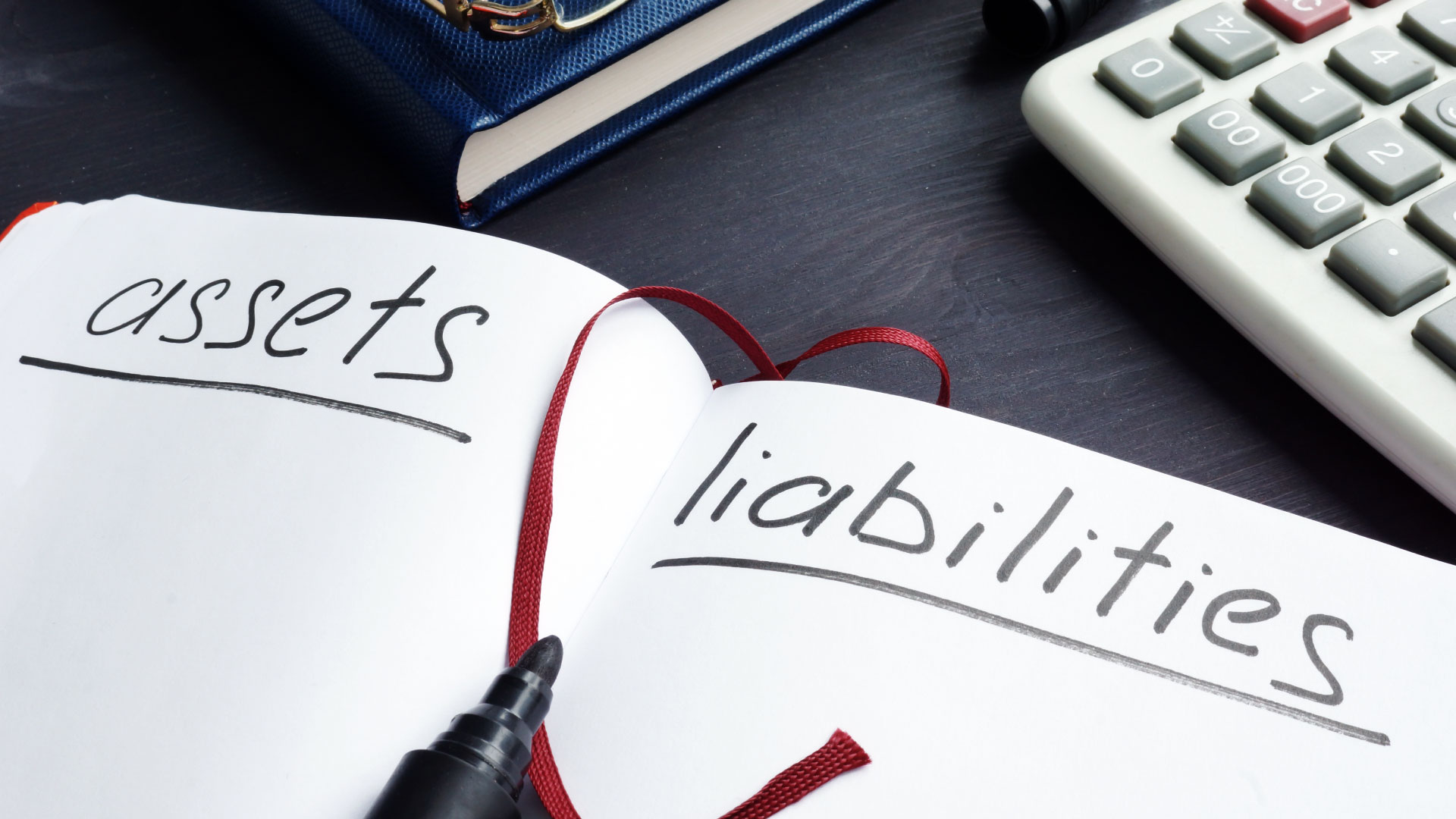Introduction
In the journey towards financial stability and success, understanding the fundamental differences between assets and liabilities is crucial. For anyone striving to achieve financial freedom, particularly those exploring debt relief options, distinguishing between what you own (assets) and what you owe (liabilities) can transform your financial landscape. At Credit Vision, we’re committed to helping you navigate these financial waters.
What Are Assets?
Assets are anything of value that you own. They can be cash, investments, properties, or other resources that potentially increase your net worth. There are two main types of assets: tangible and intangible. Tangible assets include physical properties like real estate and vehicles, while intangible assets cover things like stocks and bonds. The key characteristic of an asset is its ability to generate income or appreciate over time, contributing positively to your financial health.
What Are Liabilities?
Liabilities, on the other hand, represent your debts or financial obligations. These are what you owe to other parties, including loans, mortgages, credit card debts, or any other form of borrowed money. Liabilities reduce your net worth and can often carry a financial burden due to interest payments. Understanding your liabilities is essential for effective debt management and is a critical aspect that we address in our debt relief programs at Credit Vision.
Why Understanding Assets and Liabilities Is Crucial
The distinction between assets and liabilities influences your financial decision-making process. Knowing your assets helps you leverage them to grow your wealth, while understanding your liabilities is vital for developing strategies to manage and reduce debt. This balance is the cornerstone of a healthy financial portfolio.
Asset Appreciation vs. Liability Cost: Assets have the potential to grow in value or generate income. Conversely, liabilities usually come with costs, such as interest payments, which can drain your financial resources.
Impact on Net Worth: Your net worth is calculated as your total assets minus your total liabilities. A higher net worth indicates a healthier financial state, which is our goal for you at Credit Vision.
Risk Management: Identifying which liabilities can turn toxic, like high-interest debts, is crucial for mitigating risks that can destabilize your financial health.
Strategies to Maximize Assets and Minimize Liabilities
Invest in Appreciating Assets: Focus on assets that have a likelihood of increasing in value or generating stable income over time.
Debt Consolidation: This strategy can reduce your interest burden and help manage liabilities more effectively.
Debt Settlement: An effective debt settlement strategy can drastically reduce the amount you owe, resolving outstanding debts for less than the full amount owed. This is particularly useful for mitigating substantial liabilities and improving your financial situation.
Emergency Fund: Building an emergency fund is a crucial asset that can prevent the need to incur additional liabilities in tough times.
Conclusion
Understanding the difference between assets and liabilities is more than a financial principle—it’s a strategy for life. At Credit Vision, we empower our clients by offering comprehensive debt relief solutions that pave the way toward a financially secure future. Knowing what you own and what you owe is the first step in transforming your financial destiny.
Ready to take control of your financial health? Contact Credit Vision today to learn how our debt relief services can help you build assets and reduce liabilities. Secure your financial future with expert guidance and proven strategies.



